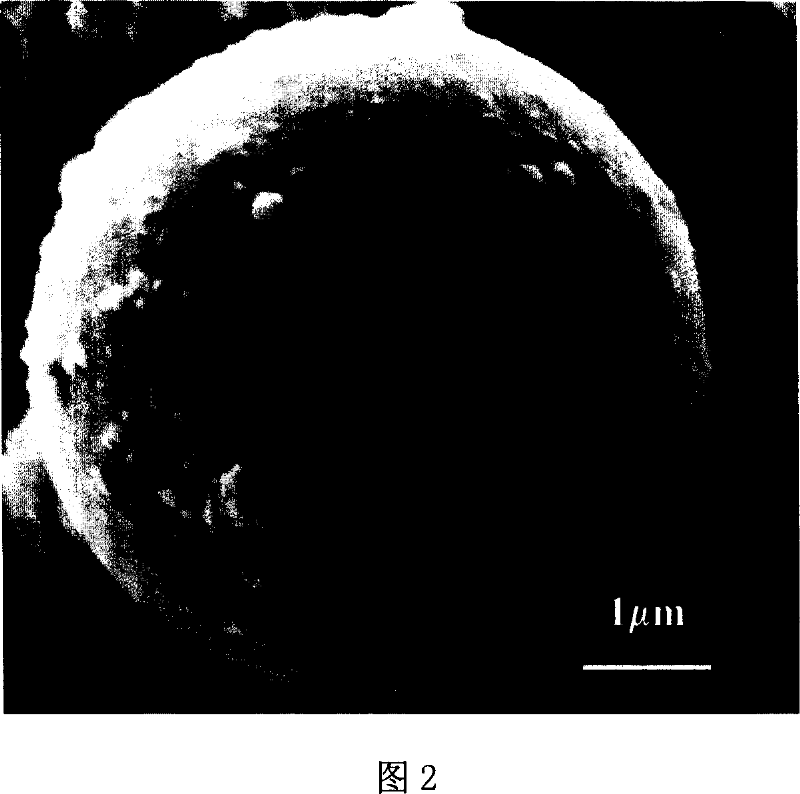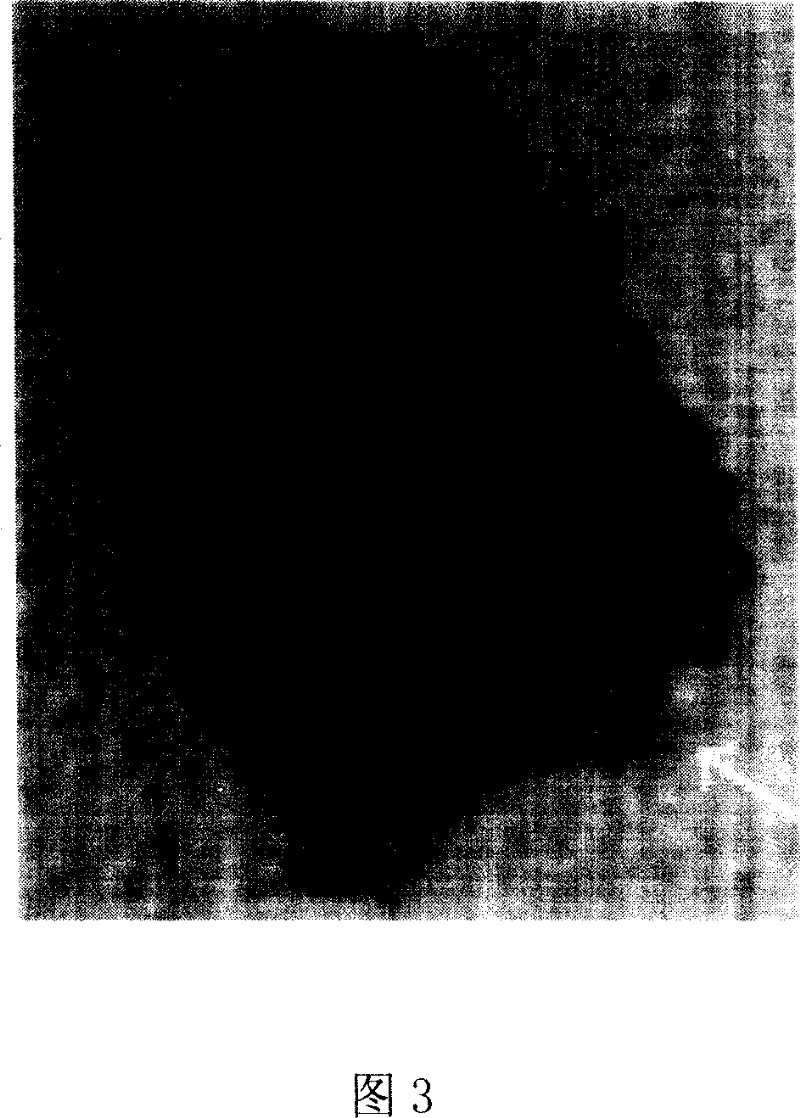Magnetic nano cell automatic sorting device and uses thereof
A magnetic nano, automatic sorting technology, applied in the field of biomedicine, can solve the problems that the sorting system cannot realize automatic sorting, and achieve the effect of reducing the occurrence of GVHD, reducing the occurrence of GVHD, and reducing the cost of separation
- Summary
- Abstract
- Description
- Claims
- Application Information
AI Technical Summary
Problems solved by technology
Method used
Image
Examples
Embodiment 1
[0041] Synthesis of magnetic nanoparticles
[0042] FeSO 4 ·7H 2 O and FeCl 3 ·6H 2 The mixed solution of O and NaOH solution adopts co-precipitation method to form γ-Fe 2 O 3 Nanoparticles, and then use the reverse microemulsion method to hydrolyze the ethyl orthosilicate while enveloping the chitosan in the γ-Fe 2 O 3 On the outside, core-shell type magnetic nanoparticles are formed and characterized by TEM and Mössbauer spectrometer.
Embodiment 2
[0044] Anti-CD34 monoclonal antibody attached to magnetic nanoparticles
[0045] Disperse a certain amount of the above-mentioned amino-linked magnetic nanoparticles in phosphate buffer (Phosphatebuffered saline, PBS, 0.1M, pH7.4), add a certain amount of glutaraldehyde, and after reacting for 4-5 hours, remove the excess pentane Wash off the dialdehyde, redisperse it in PBS, then add a certain amount of anti-CD34 monoclonal antibody, react for 1.5-2.5 hours, then wash off the excess antibody with PBS, and collect the remaining liquid (antibody reacts with magnetic nanoparticles) The remaining liquid afterwards), two rinsing liquids (referred to as one wash and two washes respectively).
Embodiment 3
[0047] Morphology of isolated CD34+ cells
[0048] Figure 2 is a SEM photo of CD34+ cells with magnetic nanoparticles. With the help of SEM, it can be seen that the separated CD34+ cells still maintain their normal morphology, and at the same time, we can also see the magnetic nanoparticles attached to the cell surface. From the figure, we can also see that the particle size of magnetic nanoparticles is small relative to cells. Although magnetic nanoparticles have a certain agglomeration phenomenon in complex biological systems, they do not affect the separation effect of cells and do not affect the morphology of cells too much. Impact. Therefore, the use of magnetic nanoparticles to separate CD34+ cells has little effect on the morphology of the cells.
PUM
| Property | Measurement | Unit |
|---|---|---|
| particle diameter | aaaaa | aaaaa |
Abstract
Description
Claims
Application Information
 Login to View More
Login to View More - R&D
- Intellectual Property
- Life Sciences
- Materials
- Tech Scout
- Unparalleled Data Quality
- Higher Quality Content
- 60% Fewer Hallucinations
Browse by: Latest US Patents, China's latest patents, Technical Efficacy Thesaurus, Application Domain, Technology Topic, Popular Technical Reports.
© 2025 PatSnap. All rights reserved.Legal|Privacy policy|Modern Slavery Act Transparency Statement|Sitemap|About US| Contact US: help@patsnap.com



